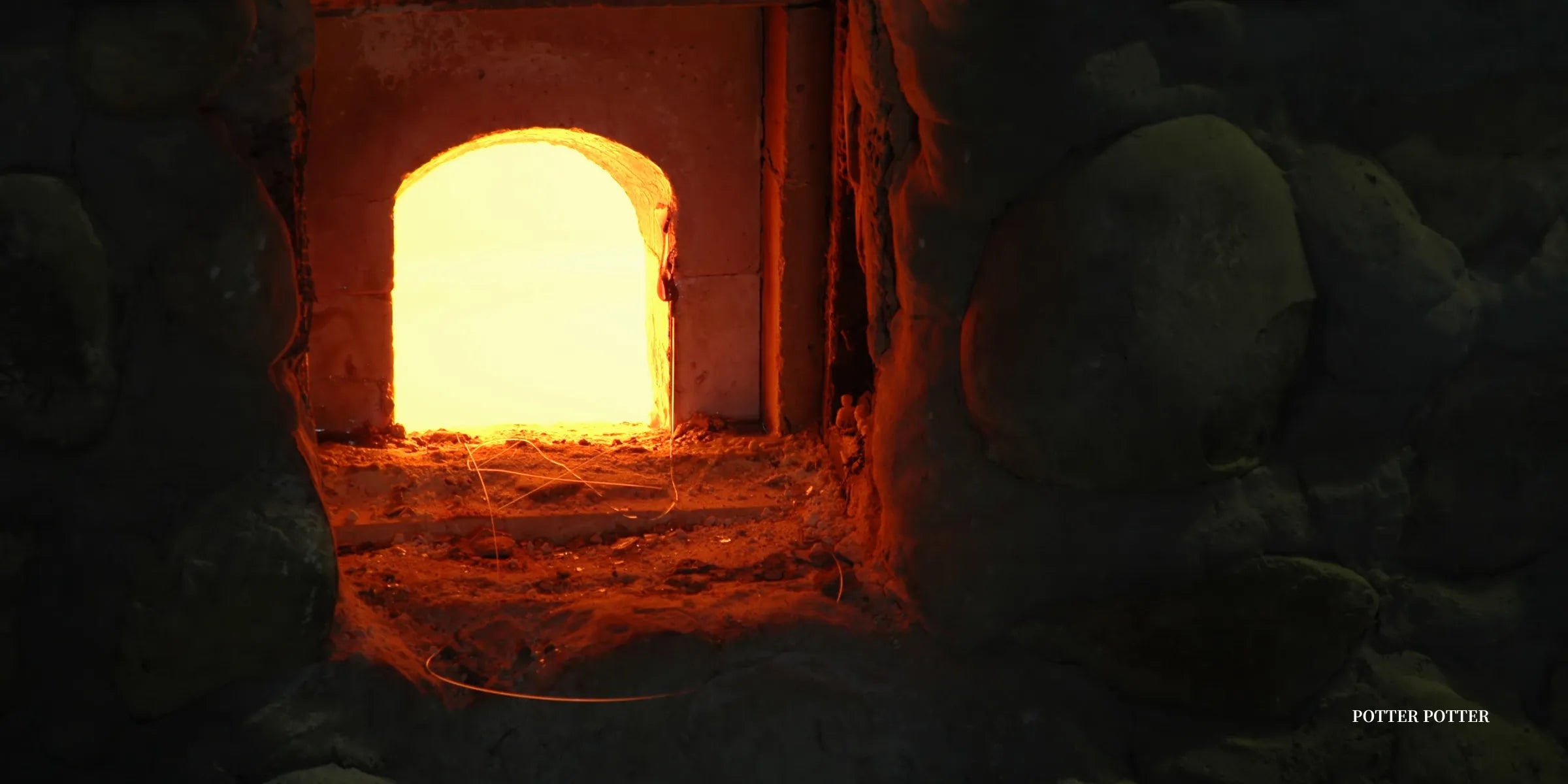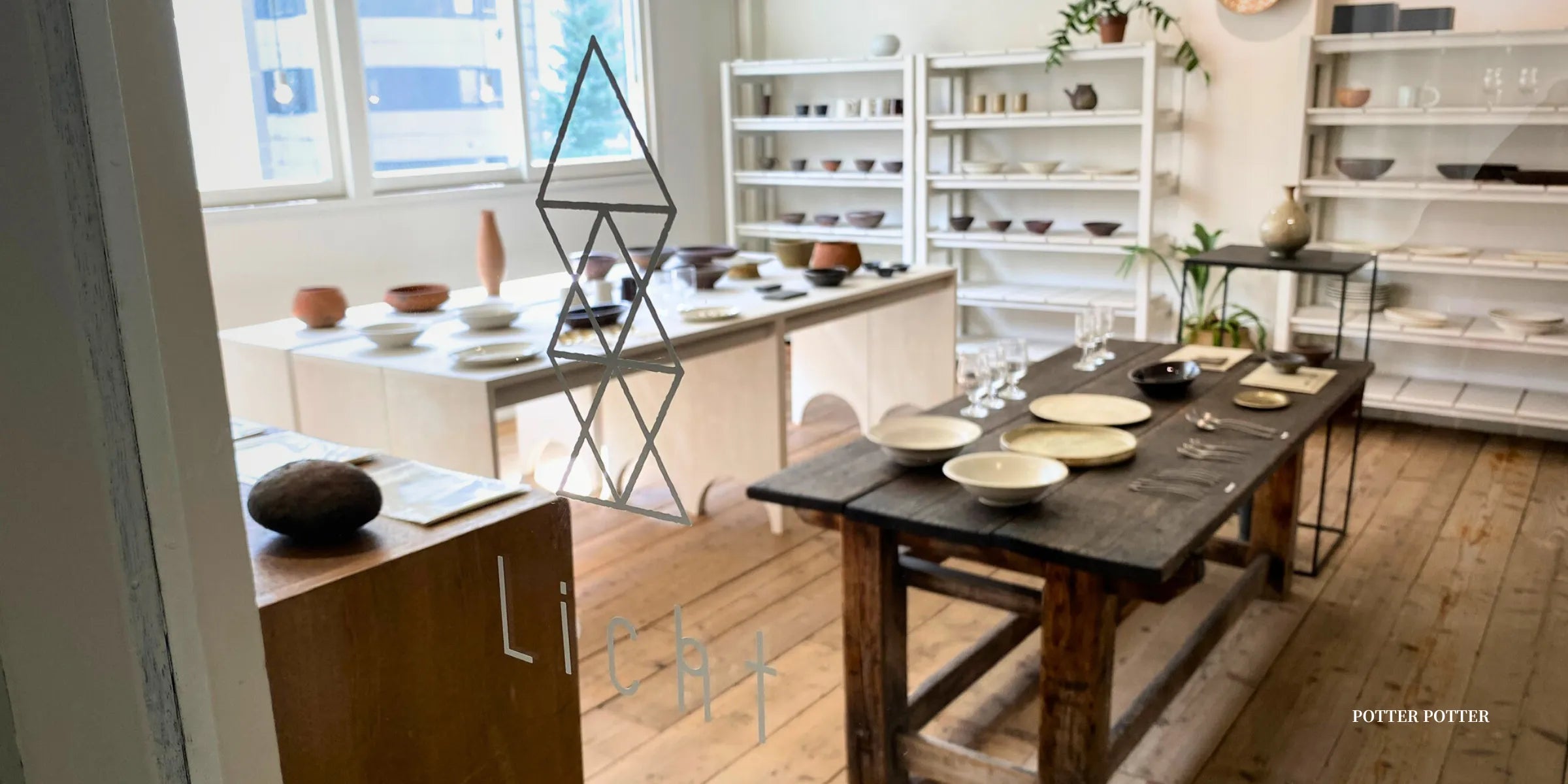
Discover the Six Ancient Kilns in Japan
Where did Japan’s rich pottery tradition begin? The answer lies in the Six Ancient Kilns (六古窯)—Shigaraki, Bizen, Tamba, Echizen, Seto, and Tokoname. Each kiln is renowned for its unique ceramic styles and techniques, shaping Japan’s diverse ceramic heritage over centuries.

|
Table of Contents |
Echizen (Echizen Town, Fukui Prefecture)

Echizen pottery, or Echizen-yaki (越前焼), traces its origins back over 800 years to the Heian period when it became the largest producer of Sue ware in the Hokuriku region. Known for its high durability and resistance to cold, Echizen ware thrived during the Muromachi period, expanding its reach along the Sea of Japan from Hokkaido to Shimane. The local clay, rich in glassy minerals, and the natural ash glaze (“kaiyu”) create a simple yet dynamic beauty unique to Echizen pottery. Today, while traditional styles are still produced, modern Echizen pottery also features a variety of artistic expressions, continuing to evolve while honoring its historic roots.
Seto (Seto City, Aichi Prefecture)

Seto pottery, or Seto-yaki (瀬戸焼), has its roots in the kilns of the Sanage mountains dating back to the Kofun period. During the Kamakura period, Seto became renowned for its glazed pottery, making it a luxury item second only to imported ceramics. Despite a decline in the 16th century, Seto pottery revived, thanks to the Owari domain, which brought back potters who had migrated to Mino. The late Edo period saw the introduction of porcelain techniques from Kyushu, leading to the creation of “hongyo-yaki” (pottery) and “shinsei-yaki” (porcelain). Seto’s diverse production, from glazed wares to blue-and-white ceramics, solidified its reputation as a major ceramics center, giving rise to the term “Setomono,” synonymous with ceramics in Japan.
Tokoname (Tokoname City, Aichi Prefecture)

Tokoname pottery, or Tokoname-yaki (常滑焼), has been produced on the Chita Peninsula for centuries. Known for its utilitarian wares, particularly large vessels like jars and pots, Tokoname pottery was widely distributed throughout Japan, taking advantage of the region’s coastal location for shipping. The lack of glazing and emphasis on simplicity and mass production led to a distinctive, rustic charm that has captivated people for generations. Tokoname is also famous for its red clay teapots, “shudei kyusu,” which became a symbol of Tokoname pottery during the Edo period. Today, Tokoname remains a vibrant center for ceramics, influencing pottery styles across Japan and known for producing the beloved maneki-neko (beckoning cat figurines).
Shigaraki (Koka City, Shiga Prefecture)

Shigaraki pottery, or Shigaraki-yaki (信楽焼), is said to have begun during the Nara period with the construction of the Shigaraki Palace for Emperor Shomu. The local clay, which contains feldspar, creates a unique surface texture known as “ishihaze,” where the stones burst during firing, giving the pottery its characteristic rugged appearance. Valued for its earthy and unrefined aesthetic, Shigaraki ware became popular among tea masters in the Muromachi period, leading to its association with tea ceramics. In modern times, Shigaraki pottery is also famous for its tanuki (raccoon dog) statues, a symbol of good luck. The town’s ceramics are celebrated in various festivals and were featured in the 2019 NHK drama “Scarlet.”
Tamba (Sasayama City, Hyogo Prefecture)

Tamba pottery, or Tamba-yaki (丹波焼), dates back to the late Heian period and early Kamakura period. Initially focusing on high-temperature unglazed pottery, Tamba kilns evolved during the Muromachi to Edo periods, incorporating a variety of decorative techniques like “itchin” (slip trailing), stamping, and “sumi-nagashi” (ink marbling). This diversity of techniques led to the expression “Tamba nanabake” (Tamba’s seven transformations), highlighting the kiln’s adaptability and range. Tamba pottery has always been rooted in daily life, producing practical wares such as jars, bottles, and pots. Today, Tamba remains a significant pottery center, with its craftsmen continuously innovating while maintaining traditional practices.
Bizen (Bizen City, Okayama Prefecture)

Bizen pottery, or Bizen-yaki (備前焼), has its roots in the Sue ware tradition of the Heian period. Distinguished by its lack of glaze and the intense red color that results from high-temperature firing, Bizen pottery is celebrated for its “yohen” effects—natural variations in the clay and surface that occur in the kiln. In the late Muromachi period, as tea culture shifted towards simplicity, Bizen pottery gained prominence among tea masters for its rustic beauty and unique textures. The town of Bizen continues to be a renowned ceramics hub, with a focus on producing tea wares and exploring the artistic possibilities of the unglazed aesthetic.
The End.
The Six Ancient Kilns of Japan—Echizen, Seto, Tokoname, Shigaraki, Tamba, and Bizen—are not just historic relics; they’re vibrant, living hubs of creativity and tradition. Each kiln tells its own story, from ancient techniques to modern innovations, offering a unique glimpse into the heart of Japan’s rich pottery culture. Visiting these towns is like stepping back in time while simultaneously seeing the future of Japanese ceramics unfold. Whether you’re a pottery lover or simply looking for a unique cultural experience, exploring these ancient kiln sites is pure joy! Discover the magic of Japanese craftsmanship and bring home a piece of this timeless tradition.

